Astrology rarely feels like breaking news, yet a curious mash‑up could potentially draw scientific attention: pairing zodiac archetypes with mythical creatures to probe how stories shape personality. The mystery is simple but provocative – why do so many of us see ourselves in symbols that never technically existed? Researchers could explore the psychology of archetypes, the cultural physics of folklore, and the data signals hidden in huge text archives of legends. The result isn’t a horoscope rebrand; it’s a deeper look at how people use ancient images – phoenix, dragon, mermaid, sphinx – to talk about values, fears, and growth. If science can map those patterns responsibly, the world may gain a new tool for understanding identity without pretending the stars decide our fate.
The Hidden Clues

What if the creature you feel in your bones isn’t fantasy at all, but a mirror of the traits you already practice every day? That’s the hook pulling psychologists, folklorists, and data scientists into the same room. When someone who identifies as Aries gravitates toward dragons, or a contemplative Pisces leans mermaid, researchers see narrative scaffolding: boldness, fluidity, renewal, or vigilance encoded in shared stories.
These motifs aren’t random; they’re cultural shorthand built over centuries. By tracking how people self‑select creatures, scientists can watch identity crystallize around symbols that feel both personal and communal, like a coat of arms you didn’t know you were wearing.
From Ancient Tools to Modern Science
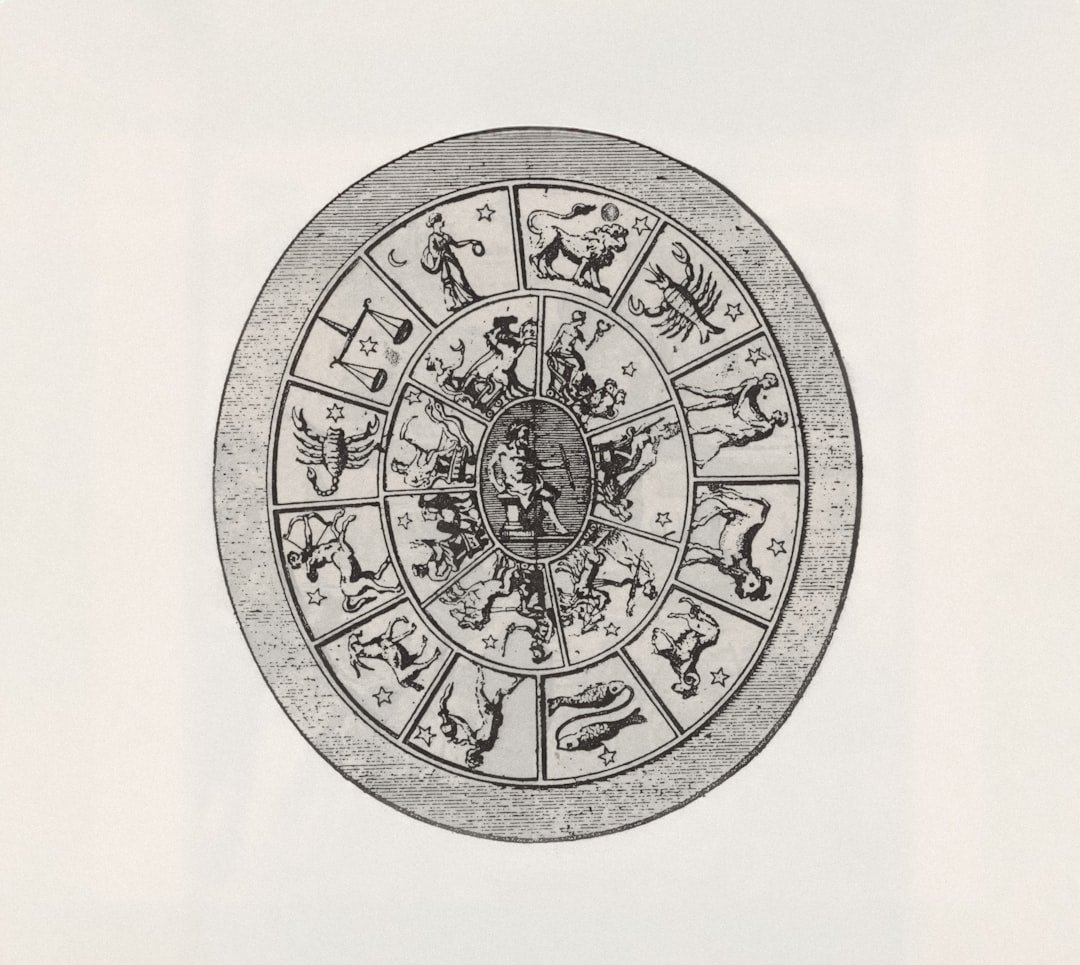
Astrology and myth once served as early pattern‑making tools in a chaotic world, clustering personalities and behaviors into constellations and creatures. Today, researchers swap star charts for language models and network analysis, comparing how traits described in zodiac columns overlap with traits attached to mythic beings across cultures. It’s less about fate and more about semantic neighborhoods – courage sitting near dragon, rebirth near phoenix, liminality near mermaid.
Large text datasets let teams quantify recurring adjectives and plot them like weather systems swirling around symbols. The old maps of meaning are being redrawn, not to crown astrology as science, but to test where stories and psychology actually meet.
The Human Brain on Myth
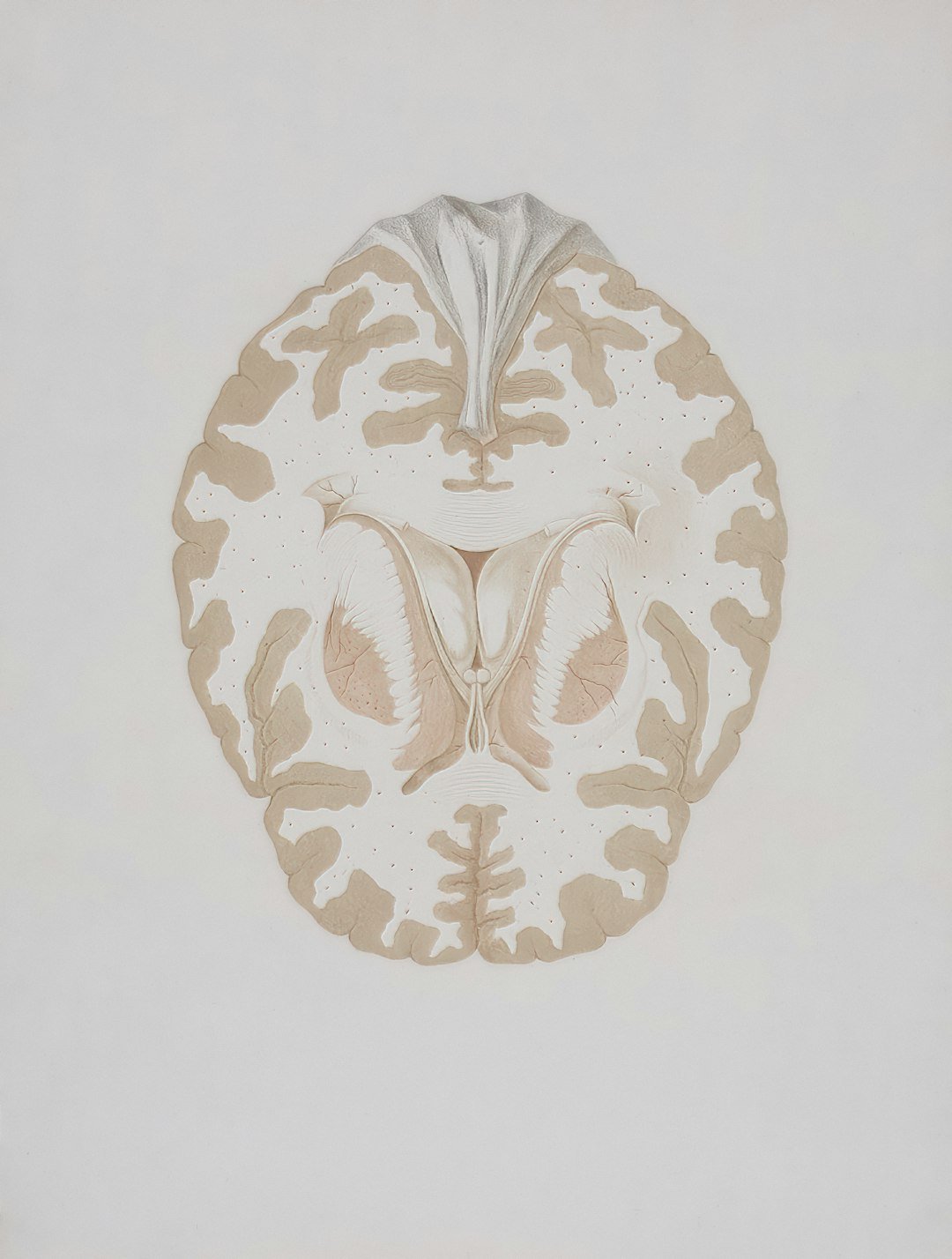
Neuroscience has long shown that stories help our brains compress complex experience into memorable codes. Myths do that at high voltage, wrapping survival lessons in unforgettable images. A creature like the phoenix translates cyclical loss and renewal into a single blazing metaphor that our memory loves and our motivation recognizes.
Psychologists also note our talent for pattern‑seeking and self‑confirmation, which can make any description feel eerily true. The research challenge is to separate that warm halo from measurable effects – do creature alignments nudge behavior, or simply narrate it after the fact?
Zodiac Archetypes, Reframed

Here’s the twist: scientists studying archetypes are less interested in whether your sign is “real” and more interested in how you use it. A Taurus might not be destined to match a griffin, but the griffin’s composite nature – earth‑grounded and sky‑watchful – can help someone articulate steadiness without sounding dull. In this framework, Virgo isn’t neat; Virgo curates complexity, like a sphinx guarding riddles and systems.
Framed this way, mythical creatures become flexible lenses for self‑reflection, not verdicts from the cosmos. The zodiac supplies a starting archetype, while the creature sharpens the narrative, sometimes reinforcing, sometimes challenging it.
What the Data Suggests So Far
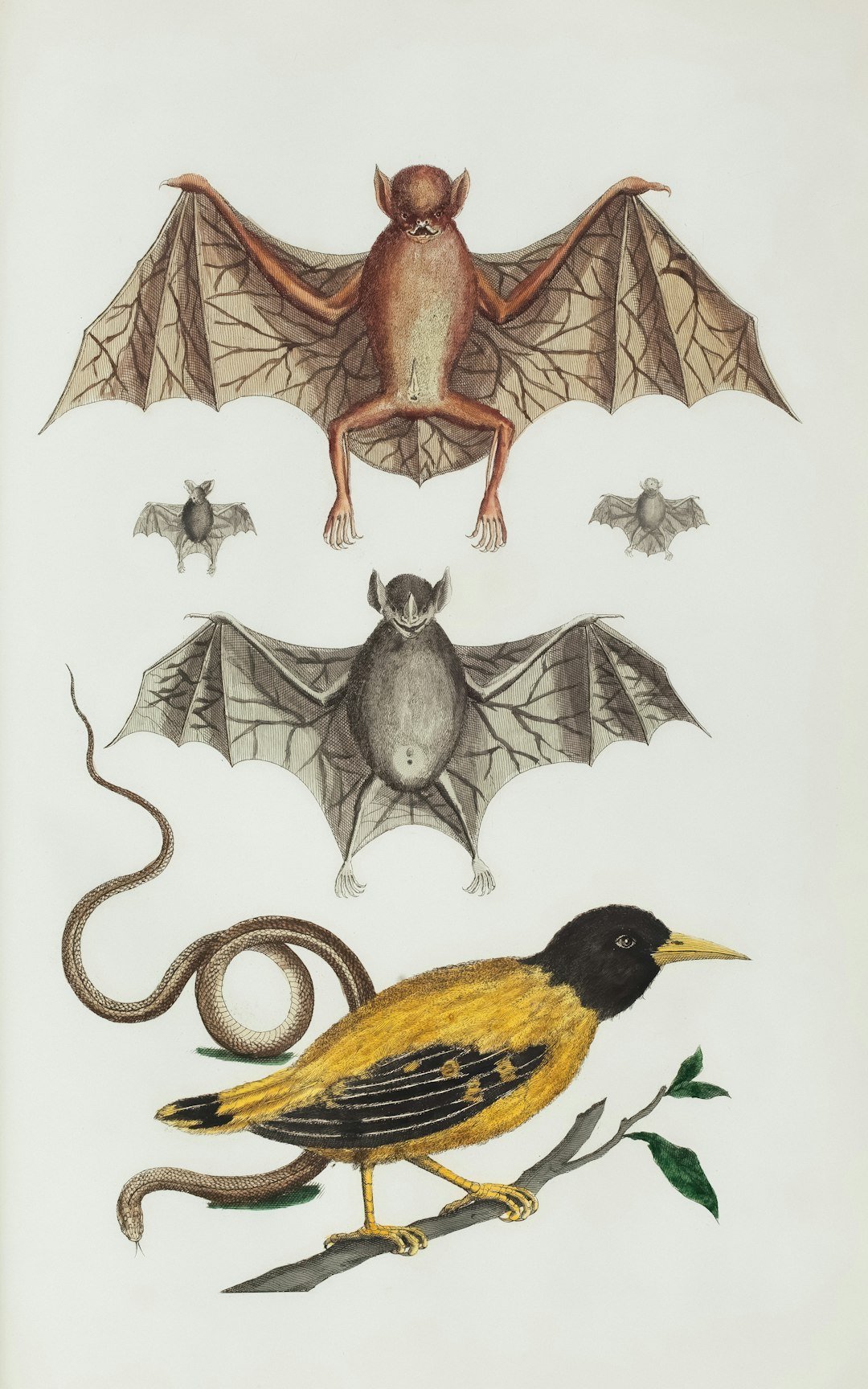
Hypothetical analyses of folklore corpora might show clusters where creature descriptors repeatedly co‑occur with personality language. Dragons cluster with agency and boundary protection; mermaids with ambiguity, allure, and border‑crossing; phoenixes with perseverance and transformation. These aren’t ironclad laws, but stable patterns that pop out once you read enough texts side by side.
Future surveys could add a human layer: when people pick “their” creature, they often choose symbols that match the traits they already endorse on standard personality scales. That alignment hints at narrative self‑selection rather than astrological causation, which is scientifically modest – and surprisingly empowering.
Global Perspectives
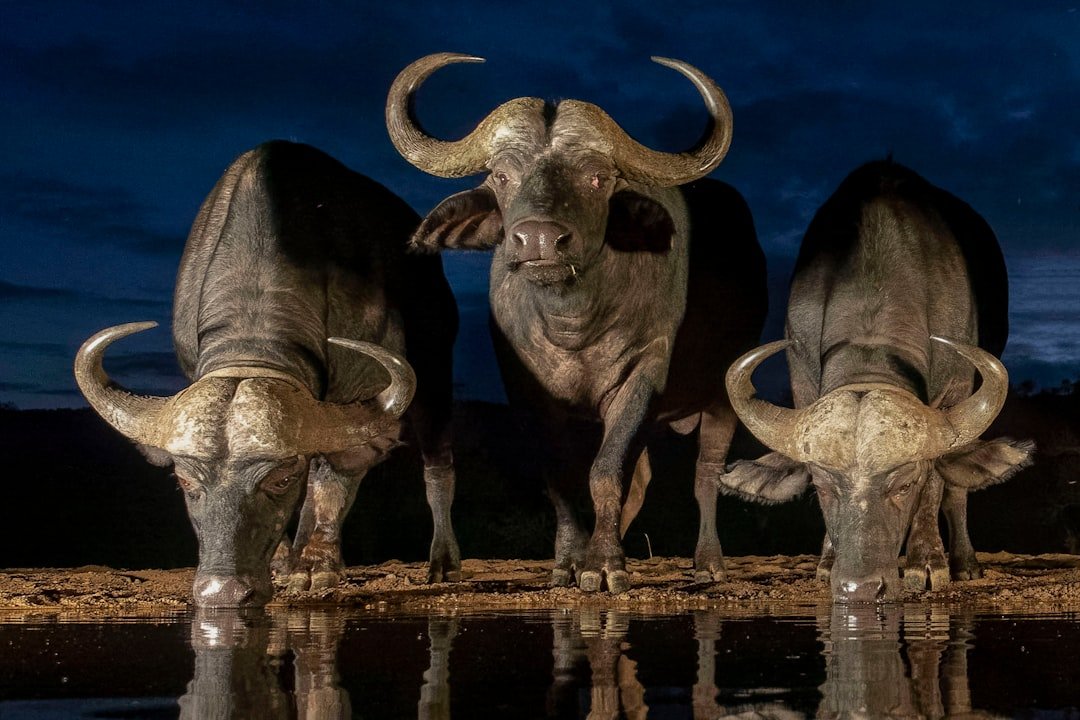
One culture’s dragon is another’s thunderbird; one region prizes fox spirits while another leans toward trickster hares. The meanings shift, but the function – using myth to encode social norms and personal virtues – remains strikingly similar. In East Asian traditions, dragons often guard rivers and rainfall, fusing power with stewardship; in European tales, they test courage and resourcefulness.
Such differences matter when mapping zodiac‑creature links, because a Leo in Lagos and a Leo in Lisbon don’t swim in the same story sea. Responsible research builds multilingual corpora and invites local scholars so the resulting map doesn’t flatten living cultures into a single, lazy legend.
Why It Matters
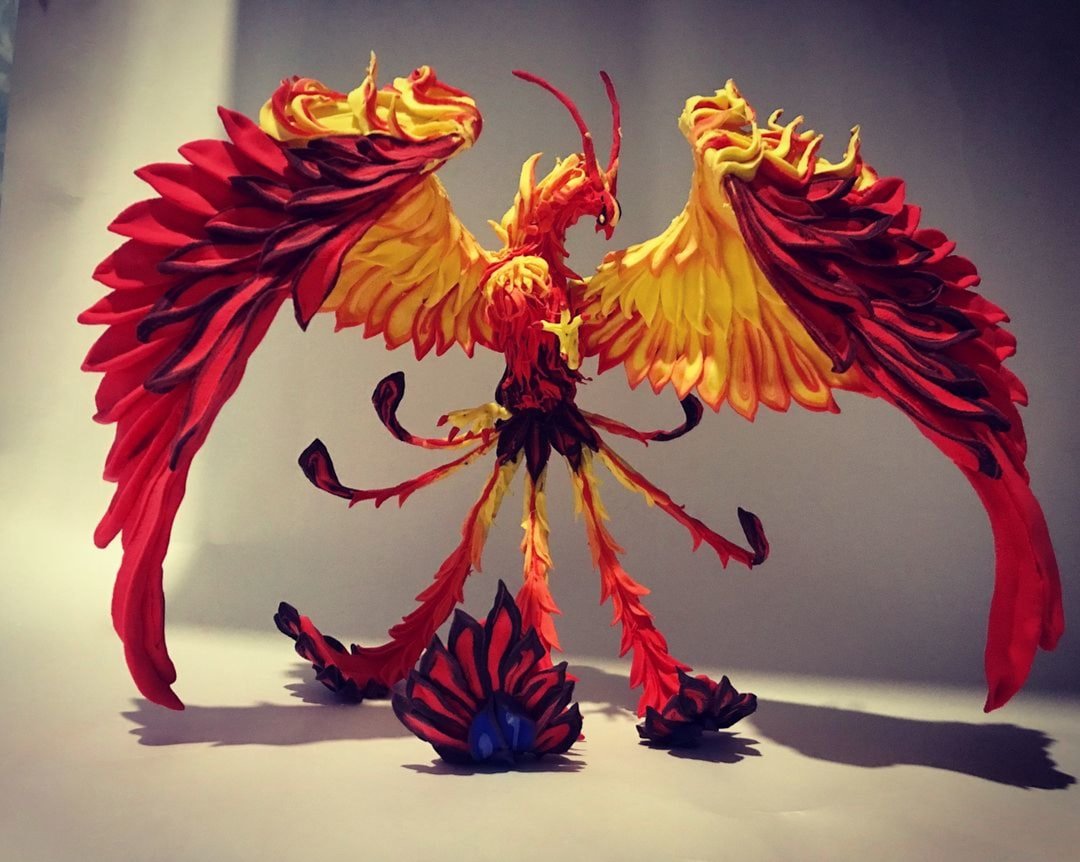
At first glance, this sounds like entertainment, not evidence. But compared with static personality reports, myth‑based framing can give people a vivid language for change: not just conscientious, but a phoenix learning when to burn and when to rebuild. Therapists and coaches sometimes use metaphor to unstick habits; creatures offer ready‑made metaphors with centuries of narrative testing behind them.
There’s also a civic angle. In a digital world loud with labels, archetypal language can soften identity debates by shifting from what you are to the story you’re practicing. That’s a gentler, more negotiable space – and it’s easier to grow inside a story than inside a stereotype.
How Researchers Are Testing It
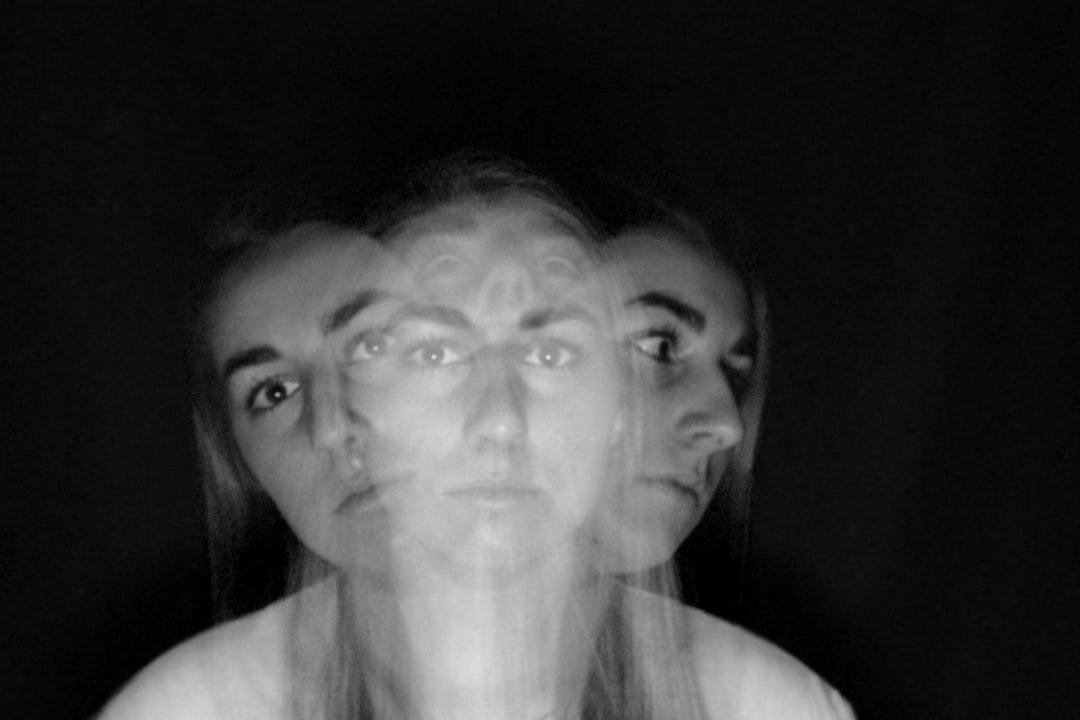
Methodologically, future teams might blend psychometrics, computational linguistics, and fieldwork. Participants complete standard trait measures, choose or describe a creature match, and write short narratives; algorithms then compare those narratives with motif databases to quantify overlap. Lab tasks test whether adopting a creature lens changes behavior – say, persistence on a tedious puzzle after a “phoenix” prompt.
Crucially, skepticism is built in. Studies include control prompts and look for durable effects over time, not just a glow‑in‑the‑moment. If the impact is mainly narrative satisfaction, that’s still a finding – just not one to oversell.
The Future Landscape
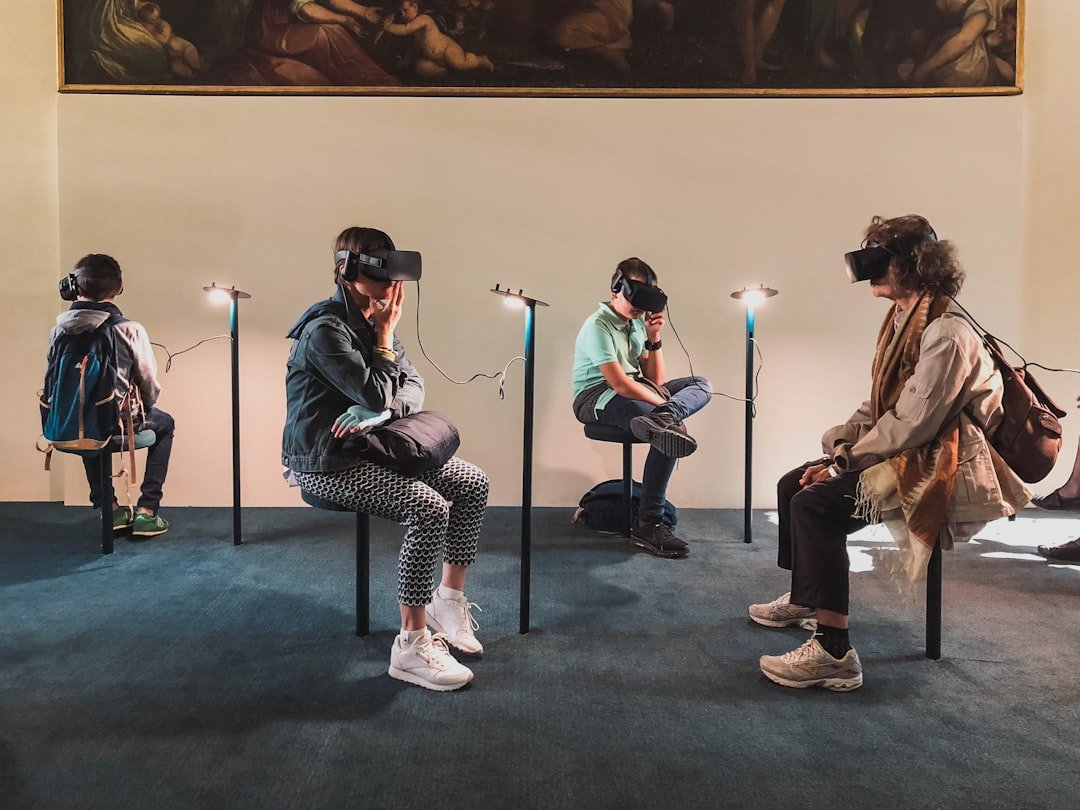
Expect better tools and tougher questions. Augmented reality could soon let museum visitors step through interactive bestiaries that adapt to their self‑described traits, while researchers capture how the experience shifts mood, attention, and memory. Cross‑cultural datasets will grow as digitization efforts rescue endangered folklore and attach rich context rather than bare translations.
The biggest challenges are ethical: preventing cultural appropriation, avoiding simplistic “typecasting,” and auditing algorithms for bias. If those hurdles are met, this field could produce practical, human‑centered tools – from classroom activities that teach resilience through creature narratives to mental health prompts that make change feel storied, not clinical.
The Hidden Risks and Guardrails

There’s a thin line between generative storytelling and pseudoscience. Researchers emphasize that creature matches are reflective metaphors, not predictive diagnostics, and that astrology remains a cultural practice rather than a validated causal system. Clear guardrails – plain disclaimers, open methods, and peer review – keep curiosity from drifting into claims it can’t support.
Transparency also builds trust. When studies share code and corpora, outside scholars can test whether a phoenix really clusters with renewal across languages or if that’s an artifact of English‑heavy data. The more rigorous the methods, the more useful the metaphors become.
Field Notes: A Personal Glimpse

I once scribbled in a notebook at a natural history museum, watching visitors pause at a glass case of carved griffins. A child called them “half brave, half careful,” and the phrase stuck with me. That’s the sweet spot of this research: people try on a story, then walk a little differently for the rest of the day.
Maybe you feel dragon on your bold mornings and selkie on your quiet ones. The point isn’t to get crowned by a creature, but to test which stories help you act with more intention, kindness, and grit.
Conclusion
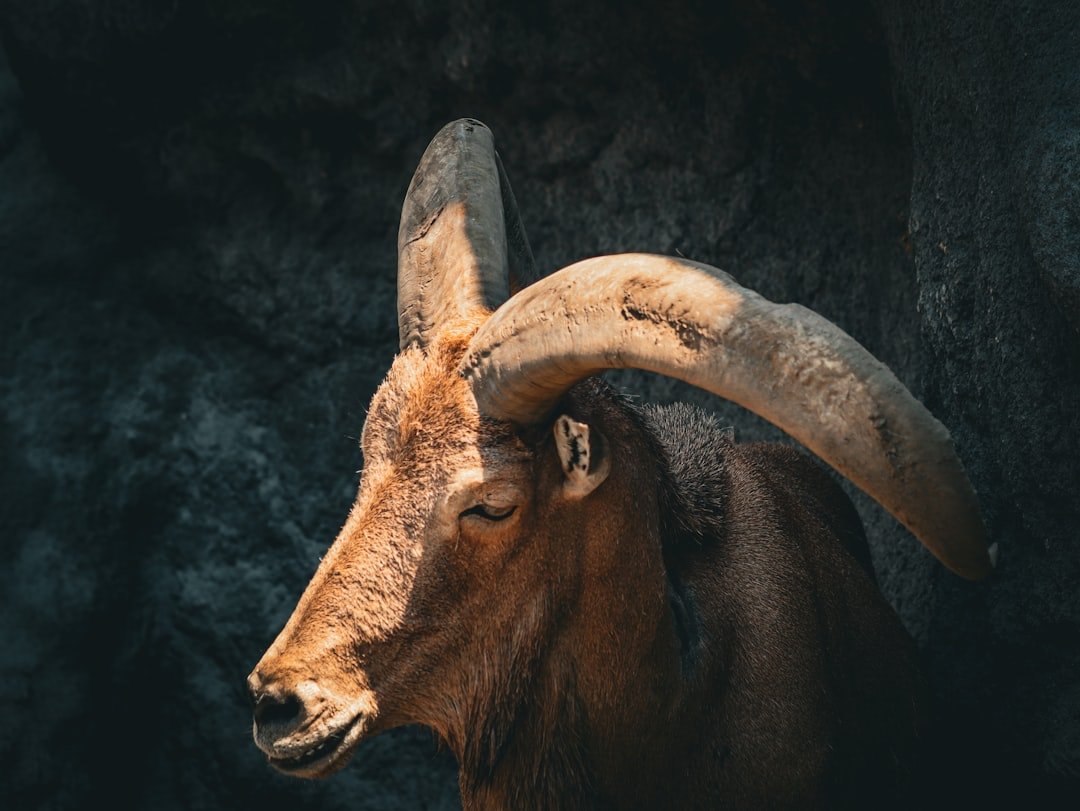
Matching a mythical creature to your zodiac personality won’t tell you who you are, but it can give you a vivid script for who you’re becoming. In a noisy year, that little bit of mythic clarity feels surprisingly practical. If the research keeps its feet on the ground while letting the imagination fly, we may earn better tools for change – creatures not as masters, but as mentors. Which one will you invite to walk beside you today?

Suhail Ahmed is a passionate digital professional and nature enthusiast with over 8 years of experience in content strategy, SEO, web development, and digital operations. Alongside his freelance journey, Suhail actively contributes to nature and wildlife platforms like Discover Wildlife, where he channels his curiosity for the planet into engaging, educational storytelling.
With a strong background in managing digital ecosystems — from ecommerce stores and WordPress websites to social media and automation — Suhail merges technical precision with creative insight. His content reflects a rare balance: SEO-friendly yet deeply human, data-informed yet emotionally resonant.
Driven by a love for discovery and storytelling, Suhail believes in using digital platforms to amplify causes that matter — especially those protecting Earth’s biodiversity and inspiring sustainable living. Whether he’s managing online projects or crafting wildlife content, his goal remains the same: to inform, inspire, and leave a positive digital footprint.




